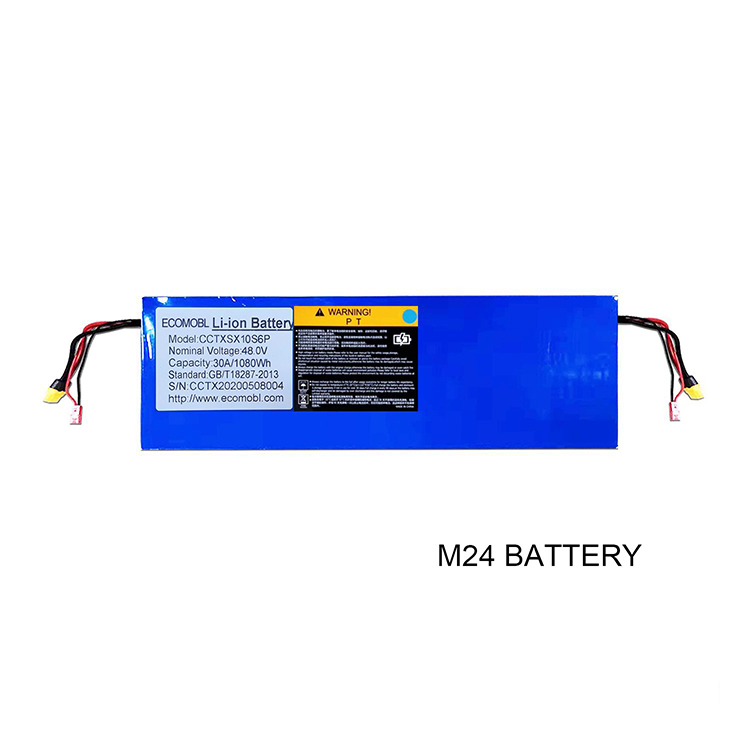Experiencing battery failure during electric skateboard riding can be a frustrating and potentially dangerous situation. It not only disrupts the riding experience but also poses safety risks, especially if the rider is far from their destination or encounters obstacles while riding. Battery issues such as sudden power loss, rapid discharge, or inability to hold a charge can leave riders stranded and vulnerable, compromising their ability to control the skateboard and navigate safely.
Moreover, unexpected battery failures can lead to accidents, falls, or collisions with pedestrians or vehicles, resulting in injuries or damage to property. Therefore, it’s essential for electric skateboard riders to regularly inspect and maintain their batteries, monitor battery health, and take appropriate precautions to minimize the risk of battery-related incidents during riding. Additionally, carrying backup batteries or a portable charger can provide peace of mind and ensure riders have a reliable power source to rely on in case of emergencies.
Here is a list of some common battery issues:
If your electric skateboard’s battery is still able to hold a charge but is draining quickly during use, there could be several potential reasons for this issue:
1. **Battery Health:** Over time, lithium-ion batteries can degrade, leading to reduced capacity and shorter run times. If your skateboard’s battery is old or has been subjected to frequent charging cycles, it may no longer hold as much charge as when it was new.
2. **Battery Calibration:** Sometimes, the battery indicator on electric skateboards may not accurately reflect the actual battery level, leading to premature warnings or shutdowns. Recalibrating the battery level indicator according to the manufacturer’s instructions may help resolve this issue.
3. **Excessive Load or Riding Conditions:** Riding your electric skateboard uphill, carrying heavy loads, or riding in adverse weather conditions can put additional strain on the battery, causing it to drain faster.
4. **Faulty Components:** Issues with the ESC (Electronic Speed Controller), motor, or other electrical components can cause excessive power draw, leading to faster battery drain.
5. **Software or Firmware Issues:** Occasionally, bugs or glitches in the skateboard’s software or firmware can cause abnormal power consumption, resulting in faster battery drain.
To address this problem, you may want to try the following steps:
– Check the manufacturer’s documentation for any specific troubleshooting steps or battery maintenance tips.
– Ensure that you are using the appropriate charger and charging the battery correctly according to the manufacturer’s recommendations.
– Consider replacing the battery if it is old or significantly degraded.
– If the issue persists, contact the manufacturer’s customer support for further assistance or to inquire about potential warranty coverage.
If water has infiltrated the battery case of your electric skateboard, it’s crucial to address the situation promptly to prevent damage to the battery and other electrical components. Here’s what you can do:
1. **Turn Off and Disconnect:** Immediately turn off the electric skateboard and disconnect the battery from any power source. This step is essential to prevent short circuits or electrical damage.
2. **Dry Thoroughly:** Open the battery case carefully and remove the battery. Use a dry cloth or towel to gently wipe away any visible moisture on the battery and inside the case. Allow the components to air dry completely in a well-ventilated area.
3. **Inspect for Damage:** Once dry, carefully inspect the battery, connectors, and other electrical components for signs of damage, corrosion, or water ingress. Look for any visible damage to the battery casing or signs of water penetration into the internal components.
4. **Test Before Use:** Before reassembling and using the electric skateboard again, perform a thorough functionality test. Ensure that all components are dry, properly connected, and free from damage. Test the skateboard’s operation in a safe, controlled environment to verify that it functions correctly.
5. **Apply Protective Measures:** Consider applying protective measures to prevent future water ingress, such as sealing the battery case with waterproof tape or silicone sealant. Additionally, avoid riding the electric skateboard in wet or rainy conditions to minimize the risk of water damage.
6. **Seek Professional Assistance:** If you’re unsure about the extent of the damage or how to proceed, consider seeking assistance from a professional technician or contacting the manufacturer’s customer support for guidance. They can provide further advice and assistance based on the specific circumstances.





